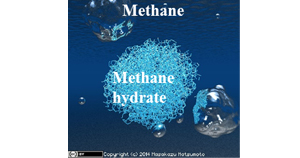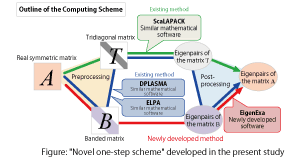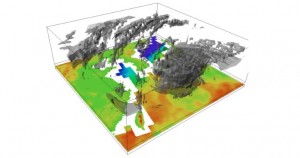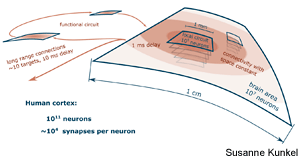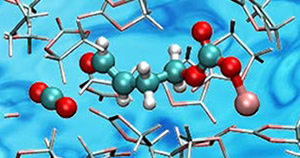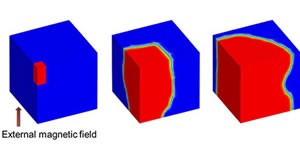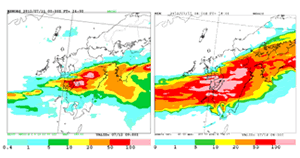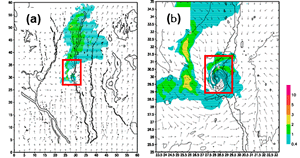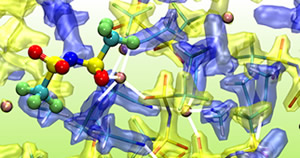
2014.11.13 update
K computer used for discovery of novel functions of super concentrated electrolyte, with possible use in next generation advanced batteries
The University of Tokyo, Kyoto University, and National Institute for Materials Science (NIMS) collaborated to develop a novel electrolyte for lithium ion batteries (LIBs), and elucidated the mechanisms of the electrolyte using the K computer. The novel electrolyte contains lithium ions at super high concentration. This super concentrated solution has two novel functions “remarkably fast reaction kinetics” and “high reduction stability”. This finding overturns the conventional concept that highly concentrated solution is inappropriate for battery electrolyte because of its slow reaction kinetics. The novel electrolyte is expected to be useful for developing fast-charging (a third of existing charging time) and high-voltage (5 V-class) LIBs.
Journal: Y. Yamada, et al (2014) J. Am. Chem. Soc. 136, 5039-5046. doi: 10.1021/ja412807w
- Related Links
-
The University of Tokyo (Press release in Japanese)
NIMS (Press release in Japanese)



